The Negative Impact of Climate Change on Wildlife and Ecosystems
Climate change has become a major concern in recent years, and its effects on wildlife and ecosystems are becoming increasingly apparent. Rising temperatures, a lack of water, and severe weather events are just a few of the issues that are having a profoundly negative impact on the health of wildlife and the stability of ecosystems. In this article, we'll discuss the long-term effects of climate change on wildlife and ecosystems, analyze how these effects are taking a toll, and consider potential solutions to help protect wildlife and ecosystems from further destruction.
Rising Temperatures
One of the primary effects of climate change is an increase in global temperatures. This rise in temperature can have a devastating effect on wildlife and ecosystems. Many animals are unable to adapt to the changing temperatures, and this can lead to a decrease in population size. Additionally, warmer temperatures can cause a decrease in the availability of food and water, which can further threaten the health of wildlife and the stability of ecosystems.
Lack of Water
Another major effect of climate change is the lack of water in many areas. This lack of water can cause a decrease in vegetation, which can lead to a decrease in food and habitat for animals. Additionally, many animals rely on water for their survival, and a lack of water can lead to a decrease in population size. This lack of water can also lead to an increase in the spread of diseases, which can further threaten wildlife and ecosystems.
Severe Weather Events
Finally, climate change has caused an increase in the frequency and intensity of severe weather events. These events can have a devastating effect on wildlife and ecosystems. Floods, droughts, and other extreme weather events can lead to the destruction of habitats and the displacement of animals. Additionally, these events can lead to an increase in the spread of diseases, which can further threaten wildlife and ecosystems.
Consequences of Destruction and Habitat Loss
The destruction and loss of habitats caused by climate change has a number of negative consequences. One of the biggest consequences is the decrease in biodiversity. As habitats are destroyed and animals are displaced, the number of species in a given area can decrease. This decrease in biodiversity can lead to a decrease in the health of the ecosystem, as well as a decrease in the number of resources available to animals.
Additionally, the destruction of habitats can lead to an increase in the spread of diseases. As habitats are destroyed, animals are forced into closer contact with each other, which can lead to an increase in the spread of diseases. This increase in the spread of diseases can further threaten wildlife and ecosystems.
Potential Solutions
Fortunately, there are a number of potential solutions to help protect wildlife and ecosystems in the face of climate change. One of the most effective solutions is the implementation of conservation efforts. Conservation efforts can help to protect habitats and species, as well as reduce the effects of climate change. Additionally, conservation efforts can help to reduce the spread of diseases, which can further protect wildlife and ecosystems.
Another potential solution is the implementation of renewable energy sources. Renewable energy sources can help reduce emissions and slow the effects of climate change. This can help to reduce the destruction of habitats and the displacement of animals, as well as reduce the spread of diseases.
Finally, education and awareness can be an effective way to help protect wildlife and ecosystems. By educating people about the effects of climate change and the importance of conservation, we can help to reduce the destruction of habitats and the displacement of animals. Additionally, we can encourage people to adopt renewable energy sources, which can further help to reduce the effects of climate change.
Conclusion
Climate change has a devastating effect on wildlife and ecosystems. Rising temperatures, a lack of water, and severe weather events are just a few of the issues that are having a profoundly negative impact on the health of wildlife and the stability of ecosystems. The destruction and loss of habitats caused by climate change can lead to a decrease in biodiversity, as well as an increase in the spread of diseases. Fortunately, there are a number of potential solutions to help protect wildlife and ecosystems in the face of climate change, such as the implementation of conservation efforts and the adoption of renewable energy sources. By taking action, we can help to protect wildlife and ecosystems from further destruction.

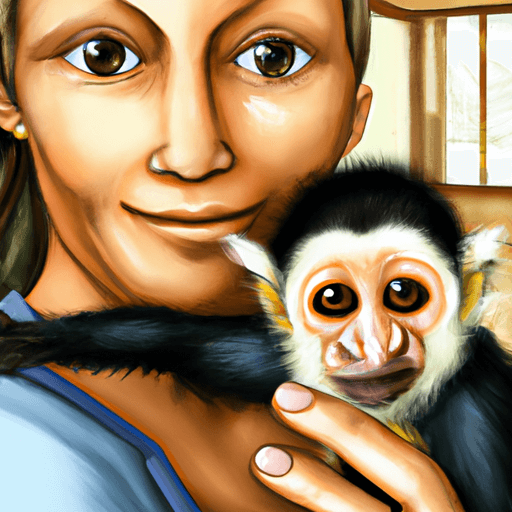

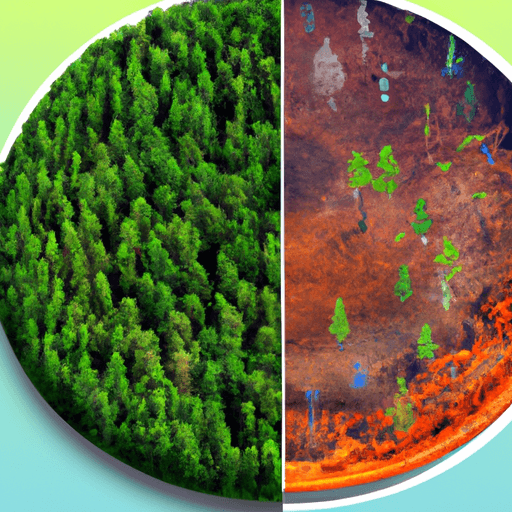


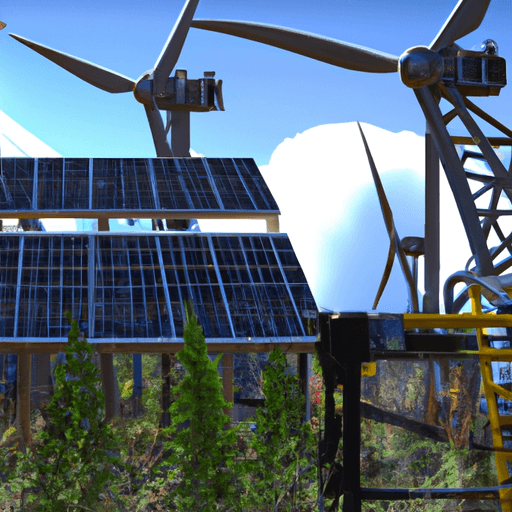





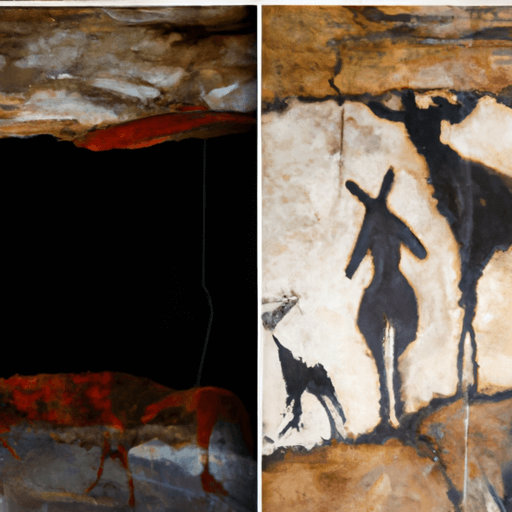
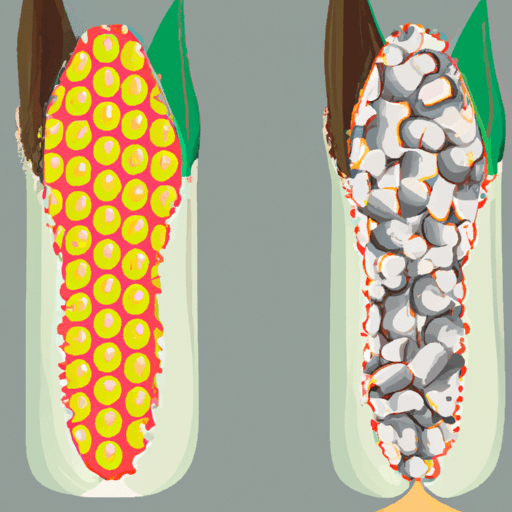



Comments
Leave a Comment